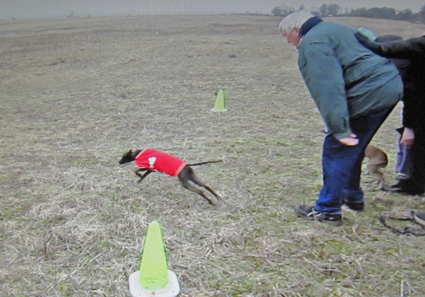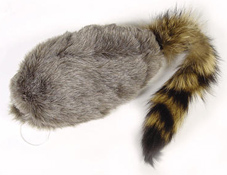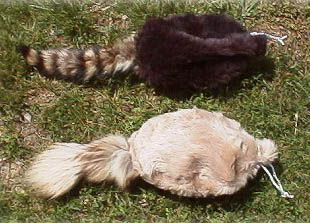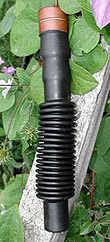Wednesday the 23nd of March 2011
Earl in the USA has a good theory as to why Santi would not run Sunday the 20th, I find it very interesting, see here:
Earl writes: "In my opinion, from what can be seen on the video, it was partly a mistake
of the starter person (Huntmaster) that caused Santi to decide not to run
that day. The Huntmaster waited too long after the start of the lure to
start the IGs.
The lure was farther away than it should have been for the little dogs
before they were released by their owners/handlers. An experience courser
like Santi would likely look at the distance and immediately calculate
that he could not possibly catch up with that bunny at that distance. He
would conserve his energy for the next opportunity more in his favor for
him to have a higher chance of success as catching his supper. ALL
predators that hunt by sight and speed (leopards, jackals, wolves,
sighthounds, etc) will not take up the chase if they think the prey is too
far away for a good chance of success. It is an instinctive survival skill
to avoid pointlessly expending energy for little chance of food or reward.
I assume this huntmaster was more accustomed to starting the larger breeds
and had a point picked out that she lets the lure travel to, then starts
the dogs. It appears to me she didn't adjust that point closer to the dogs
to adjust for the smaller height and size of the IGs.
The 'Tally Ho' point for the fastest breeds (whippets and greyhounds) must
be adjusted FARTHER out because they accelerate and reach higher speeds
than the other breeds. Just the same principal applies and the 'Tally Ho'
point must be adjusted CLOSER for the smaller breeds due to their smaller
size, height and distance of their 'line of vision'.
Whenever I an at a trial to help avoid this somewhat common problem; at
some time not long before the first run of the day for IGs, I always
casually mention in a nice way to the Huntmaster AND the Lure Operator "Remember these guys are shorter than all the other breeds and can't see
as far over the grass as the larger hounds, so the lure needs to be kept a
little closer ahead of them". The good Lure Operators and Huntmasters
already know this, but sometimes fall into a routine of doing the same
thing the same way for every course. My reminder bumps their memory and
helps them break that 'routine' mind set...."
Earl
Elmar Kennel
Little Rock AR
Tuesday the 22nd of March 2011
I have made a stupid mistake! Dasher did not of course, run at 43 km an hour (see below) - although he made the "hare" do so! Thanks Earl! See here what my friend Earl - who is an expert in Lure coursing with MANY years experience - has written to me after seeing the text below:
"The math is OK, except that it is not possible to calculate the speed of
the dog from a lure course. Speed is calculated from distance divided by
time and it is not possible to measure the distance a dog runs over a lure
course as they turn and angle across never following the actual lure path, so one of your input figures is a variable, not an absolute value.
No one dog ever runs the same distance over the exact same course.
No two
dogs ever run the same distance over the same course at the same time. You can calculate the average speed the lure runs the course, as it is a
mechanical device on a controlled fixed path and it does run exactly the
same distance every time. It correlates to the average speed the dogs are
running only as a proportional relationship. The faster breeds push the
Lure Operator to run the "bunny" at a faster average speed than the slower
breeds."
Earl
Little Rock USA
Sunday the 20th of March 2011
The first Lure coursing of the year and the Weather experts had said warmer and sunny – instead we all froze in a cold mist!
See the video: www.youtube.com/watch?v=N2E1dVvy0-o
Svend says it’s the only job (predicting the weather) where you can constantly make SO MANY big mistakes and miss-inform people without being sacked for it!
My fingers were so cold I couldn’t use the camera properly. Everyone suffered.
Dasher is going to try for his coursing licence and needs two clear runs with another IG.
But Santi went on strike! One can see on the video linked below, he’d made up his mind not to run, right from the start. He can afford to be picky as he is Denmark’s best (and first ever) Lure coursing IG with many fine titles to his name and he has run in Europe and Sweden, plus he is a show Champion too!)
In the video, Dasher is wearing a Whippet track-racing jacket I have adjusted to fit, as I haven’t got a proper coursing set for him yet!
(Santi's "mom" will sew for me!)
My friend Terri in Arkansas, USA has worked out his average speed for me as the video shows the seconds (I reckon 50 secs. from start of run to the green finishing posts?) and the distance was measured to 601 metres.
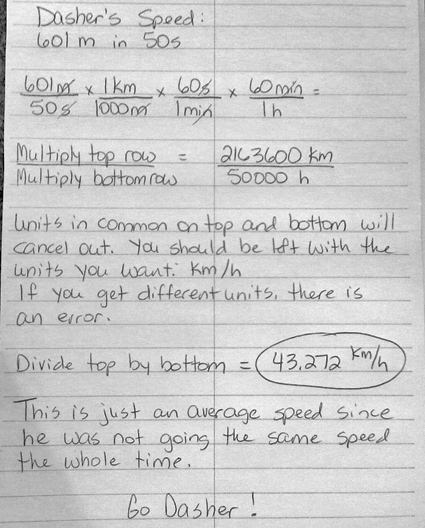
Svend and I felt our maths wasn't up to it after going mad with trying! Wonderful to have friends with mathematical minds! It's never been my strong point! Do see my best ever lure coursing video from august 2014:
www.youtube.com/watch?v=VUBeSC4L0Tg
